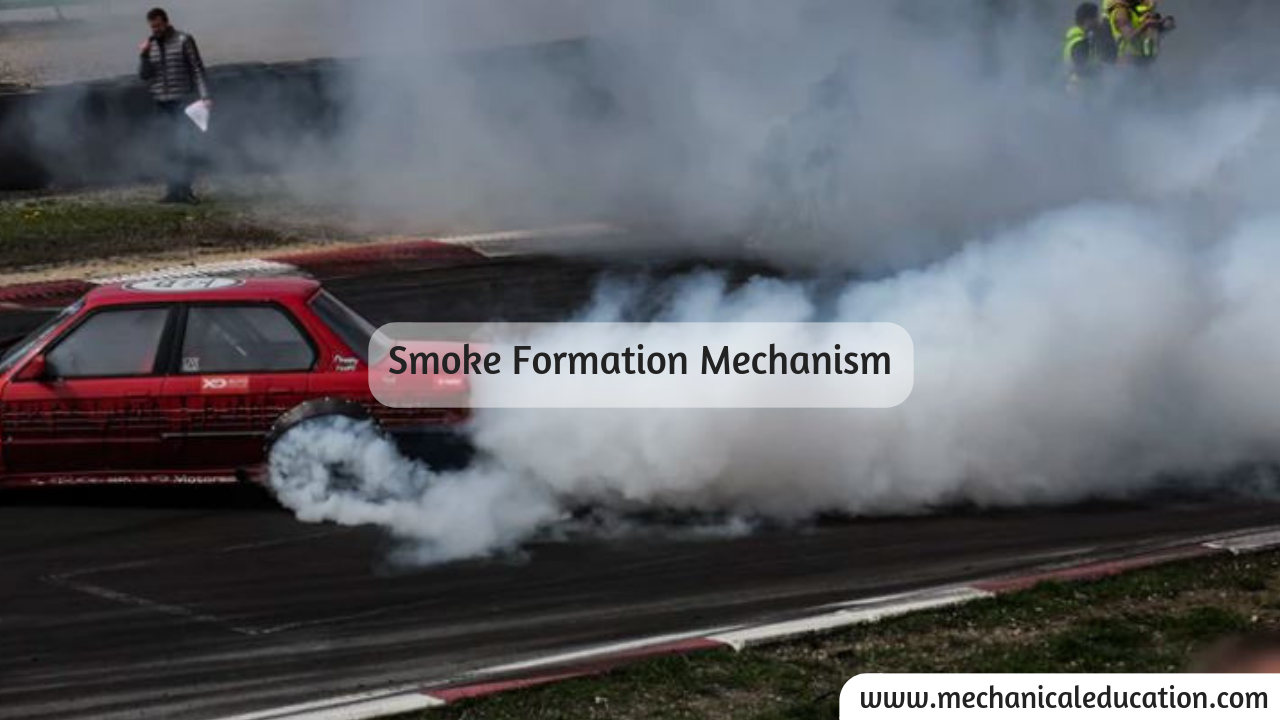About Smoke Formation Mechanism:
We know that Diesel engine emission is more in smoke, in this the air and fuel are mixed by air is compressed and mixed with diesel, this process is done in the combustion chamber, but in this, both of them can not mix completely, as it results in variations in the air-fuel mixture. fuel quantity injected into the cylinder to mix with air is supplied by load requirements.
In this air-fuel mixture ratio vary within the limit of about 20:1 to 60:1, in this type of combustion some fuel molecule undergo thermal decomposition and dehydrogenation because of high pressure and temperature this is by combustion. As there is a lack of rich zones, this type of thermal decomposition and dehydrogenation results in soot.
this type of formation soot is observed in the starting form of the combustion process in diesel engine commonly observed.
There are the different type of smoke in diesel
1. white smoke
2. Black smoke
3. Blue smoke
1. White Smoke:
This type of smoke is formed due to very low operating temperature, and also by the very long delay between the beginning of combustion and the start of fuel injection.
in this, we can observe white fog in exhaust due to the unburnt droplet and partially burnt fuel as white fog.
2. Blue Smoke:
This type of blue smoke is by very poor conditions of the engine and occurs due to high lubricating oil consumption.
3. Black Smoke:
This black fuel is formed due to incomplete combustion of fuel. this is the exhaust gas suspension of soot particles.
This type of smoke is observed during accelerating and pulling under load.
This results in soot formation.
Please Subscribe! and Don’t forget to Follow us on Facebook, Twitter, Linkedin and Google Plus.



